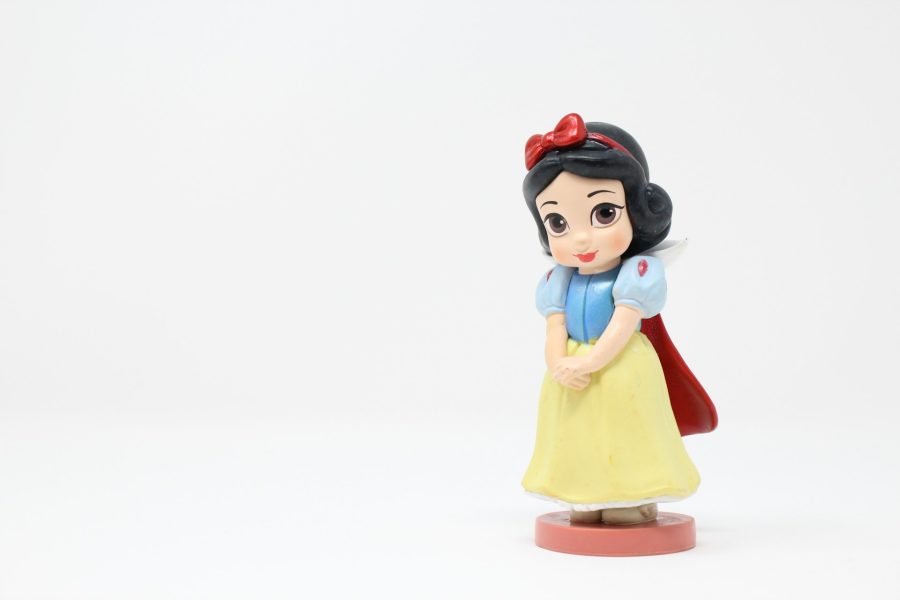Do you notice the movies you watch have similar content? If so you’re not alone as two German philosophers, Theodor W. Adorno and Max Horkheimer, investigated the idea of cultural industries which refers to media products such as films, TV shows, video games, and other forms of media. Both Adorno and Horkheimer have a book called Dialectic of Enlightenment, which discusses their oppositional views of cultural industries. The philosophers believe that media is not harmful but very powerful in society and creates this deception of different ideologies when in reality these are recycled ideas to create passive consumers as the monopolies think for them in the products distributed.
Adorno and Horkheimer also explain that cultural industries have led to monopolies forming a system of sameness within media products which gives monopolies the power to inject ideas and stereotypes into society. Monopolies do this as those in power have the assumption that consumers demand recycled media products meaning there are media products with the same structures. An example of this is Disney’s 1937 movie, Snow White and the Seven Dwarfs, this movie is seen as the ‘blueprint’ for other Disney princess movies due to the structure repeating itself in the majority of Disney princess movies where the young, beautiful princess is waiting for the prince to save her. This structure makes young girls believe to have their happy ending they need to be saved by a man so it generates this idea in society that women are vulnerable and incapable without a man by their side. Culture is a space that provides the power to monopolies to create products that set these stereotypes at young ages as although it has been done a million times, audiences still go back to movies with these structures due to this sense of nostalgia the consumers have attached to the products.
The philosophers claim that power within the cultural industries is driven by capitalism and monopolies have this ‘hidden’ business ideology. This is another way of saying these companies are not creating for the consumers only but for profit. Not all consumers realise this so continue to engage with the media products which leads to the repetition of structures and similar narratives as monopolies know that this will give them economic gain. Due to consumers not being fully aware of this, there is a lack of resistance from the consumers so monopolies can decide what consumers need and reveal that there are no limits to cultural industries. No limits allow pure art to become an imitation to produce economic gain and entertainment. Disney does this with Snow White by making her seem real out of the screen with the ‘Snow White’s Enchanted Wish’ ride at Disney Land which puts the consumers into the story, so this idea of the media glamorising everyday life can be applied here. It creates this idea that fairytales can be in the everyday world so expands on this pressure on society that happy endings happen.
Overall, cultural industries control consumers.
Sources:
Chepp, Valerie. (2011) The sociology cinema. Available at: https://www.thesociologicalcinema.com/videos/disney-movies-and-the-culture-industry (Accessed: 12TH October 2024)
Durham, M.G. and Kellner, D. (2006) Media and cultural studies: keywords. Available at: https://www.vlebooks.com/Product/Index/22528?page=0&startBookmarkId=-1 (Accessed: 5TH September 2024)
Grammarly (2009) Grammer and spelling checker. Available at: https://app.grammarly.com/
Hallak, El, Tala. (2010) Disney film analysis: Snow White and the Seven Dwarfs. Available at: https://talaeh.wordpress.com/disney-film-analysis-snow-white-and-the-seven-dwarfs/#:~:text=The%20idea%20of%20females%20being,the%20love%20of%20her%20dreams. (Accessed: 12TH October 2024)
Horkheimer, M. and Adorno, T.W. (2002) Dialectic of enlightenmentÔÇ»: philosophical fragments. Edited by G. Schmid Noerr. Translated by E.F.N. Jephcott. Available at: https://ebookcentral.proquest.com/lib/westminster/detail.action?docID=5406369&pq-origsite=primo# (Accessed: 16TH October 2024)
Scannell, P. (2007) ÔÇśChapter 1: Mass Communication: Lazarsfeld, Adorno, Merton, USA, 1930s and 1940sÔÇÖ, in Scannell, P., Media and communication. Available at: https://doi.org/10.4135/9781446211847.n2. (Accessed: 5TH September 2024)
Snow White’s Enchanted Wish (no date) Available at: https://disneyland.disney.go.com/attractions/disneyland/snow-whites-enchanted-wish/ (Accessed: 16TH October 2024)


Hello Millie,
The cultural theory of retelling the story of “Snow White The Repeated Narrative” can be said to be very persuasive. It gives an insight into the way a theory influences social attitudes. I must point out that your reference to the critical study of Adorno and Horkheimer emphasises DisneyÔÇÖs unnecessary monopoly tendencies, the media conglomerates, and their ideologies.
The provided example evokes a sense of nostalgia. Also, it demonstrates how narratives in other Disney films are structured around traditional gender expectations ÔÇö for instance, implying the need for the rescuer prince in every saving princess scenarioÔÇöthe insights on how a nostalgic perspective can evoke reminiscence about stories with a similar style.
Moreover, it also helps advance the conversation if the financial imperatives of monopolies and the creative impulses of cultures are brought into conflict and considered. As for your blog, a slight adjustment might be needed; adding subheadings will improve readability. There is a logical flow of ideas between your discussions and the theory, as well as having specific illustrations. It has also made one inquisitive about media consumption and the challenges it poses to people.
I am looking forward to hearing more from you.